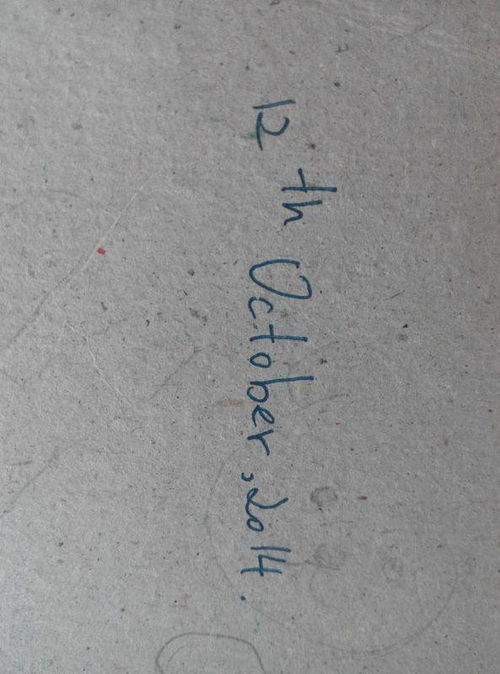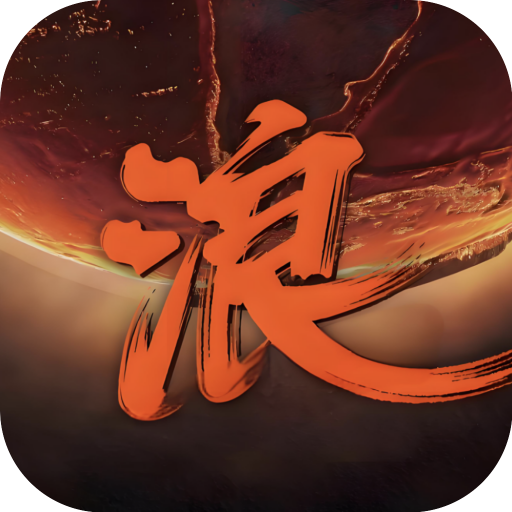What is Today's Date in English?
作者:佚名 来源:未知 时间:2025-02-03
In our daily lives, we often find ourselves needing to express the current date in English, whether it's for filling out forms, corresponding with international friends, or simply sharing today's date on social media. The question "What's today's date in English?" is a common one, especially for those who are learning or using the language regularly.

The structure of expressing a date in English is slightly different from how we do it in Chinese. In English, the date typically follows the format of "month-day-year," although there are variations depending on the context. For instance, when writing the date in a formal letter or document, you might see "January 2, 2025," or in a more informal setting, people might say "It's February 2nd today" or "Today is the 2nd of February, 2025."

To answer the question "What's today's date in English?" based on the information provided, today is February 2, 2025. Let's break down how to express this date in various contexts and explore some related English language points.

Firstly, when stating the full date, you would say "February 2, 2025." This format is widely accepted in both formal and informal settings. The month is written or spoken first, followed by the day, and then the year. It's important to note that the month should be spelled out in full when writing it formally, although abbreviations like "Feb" are common in shorter forms or informal writing.
In spoken English, you might hear someone say "It's the second of February, two thousand and twenty-five" or the more abbreviated "It's February 2nd, 2025." When speaking, native speakers often use ordinal numbers (numbers that indicate order, such as "first," "second," "third," etc.) for the day, appending "-st," "-nd," "-rd," or "-th" to the number. However, it's worth noting that not all ordinal numbers follow a strict rule; for example, "11th," "12th," "13th," and so on, all end in "-th" despite the number itself.
Now, let's consider some variations and additional language points related to expressing dates in English.
When writing the date in a shorter form, such as on a calendar or in a note, you might see "2/2/25" or "02/02/25." These formats can be confusing because they are interpreted differently depending on where you are from. In the United States, the format is typically month-day-year (2/2/25 would be February 2, 2025), while in many other parts of the world, it's day-month-year (2/2/25 would be the second of February, 2025, but interpreted as February 2, 2025 in a non-ambiguous context with the year given). To avoid confusion, it's always best to spell out the month and day fully when writing dates internationally.
Another point to consider is the use of commas and periods. In formal writing, commas are often used to separate the day, month, and year, as seen in "February 2, 2025." However, in less formal settings or when writing dates in a more compact form, commas may be omitted. Periods are used to separate the components of the date when writing numbers in full, such as "February 2nd, 2025," but are not necessary when using abbreviations like "Feb 2, 2025."
When referring to dates in the past or future, you can use the prepositions "on," "in," or "by," depending on the context. For example, "I had a meeting on February 2, 2025," indicates a specific date in the past, while "I will have a meeting on February 2, 2026," refers to a future date. If you are referring to a month or year in general, you would use "in," such as "I will be traveling in February 2025" or "I graduated in 2024." The preposition "by" is used to indicate a deadline, such as "The project must be completed by February 2, 2025."
In addition to expressing specific dates, it's also useful to know how to refer to days of the week and months in English. The days of the week are Monday, Tuesday, Wednesday, Thursday, Friday, Saturday, and Sunday. The months are January, February, March, April, May, June, July, August, September, October, November, and December. Knowing these terms will help you navigate conversations and written materials that reference dates more broadly.
As we move through the year, it's also helpful to be aware of holidays and special dates that are recognized globally or within specific cultures. For instance, the Spring Festival, also known as Chinese New Year, is a significant holiday celebrated by many people around the world, especially in Chinese communities. In 2025, the Spring Festival falls on January 29th, marking the beginning of the Year of the Snake. Understanding these cultural contexts can add depth to your communication and help you connect with others on a more personal level.
In summary, expressing today's date in English is a straightforward process once you understand the basic structure and conventions. By following the format of "month-day-year" and using ordinal numbers for the day, you can communicate the current date effectively in both formal and informal settings. Additionally, being aware of variations in date formats, prepositions, and cultural references will help you navigate a wider range of contexts and communicate more confidently with others. So, the next time someone asks you "What's today's date in English?" you can confidently respond with "It's February 2, 2025.
- 上一篇: 三星W2013水货价格查询
- 下一篇: 了解“让一球胜”的真正含义


































